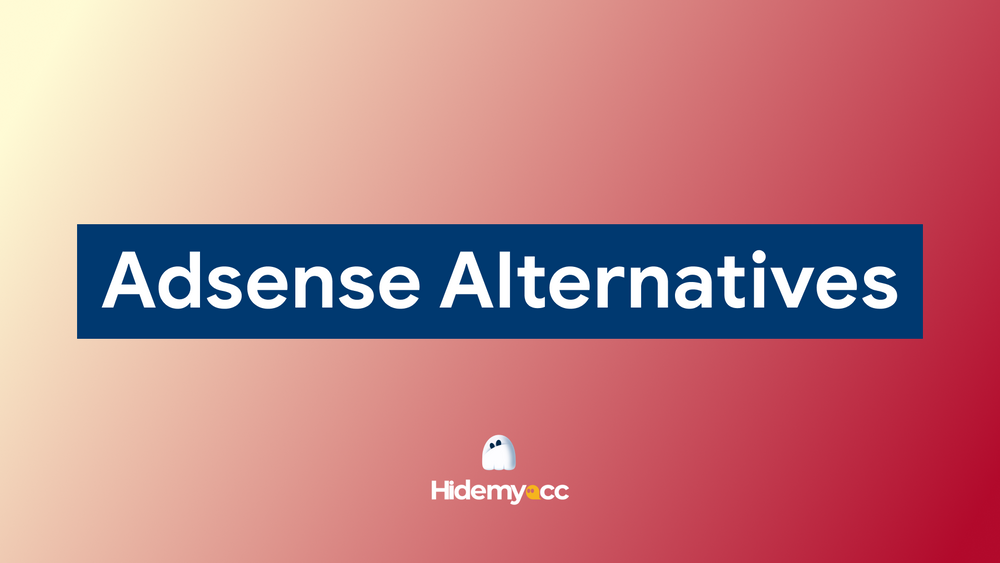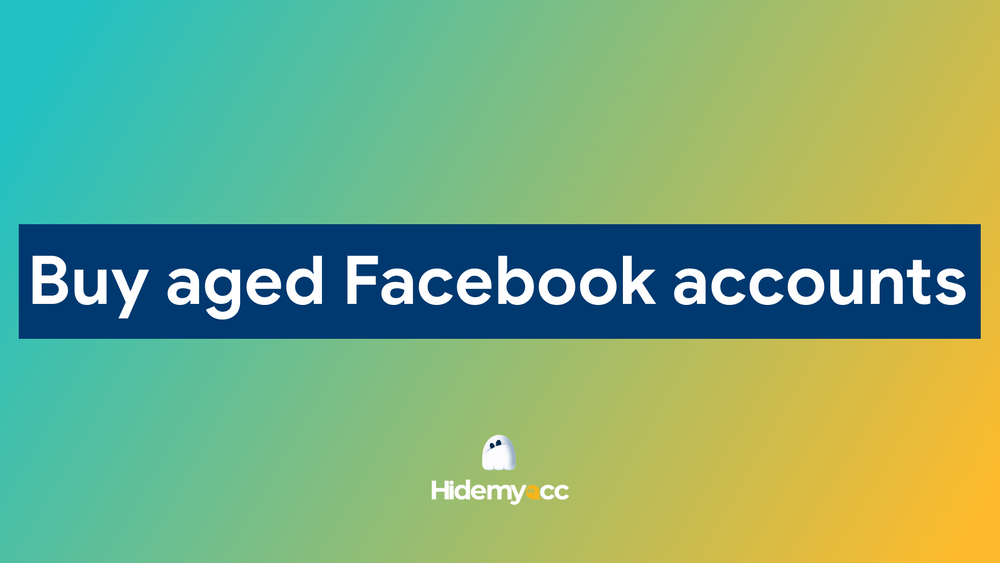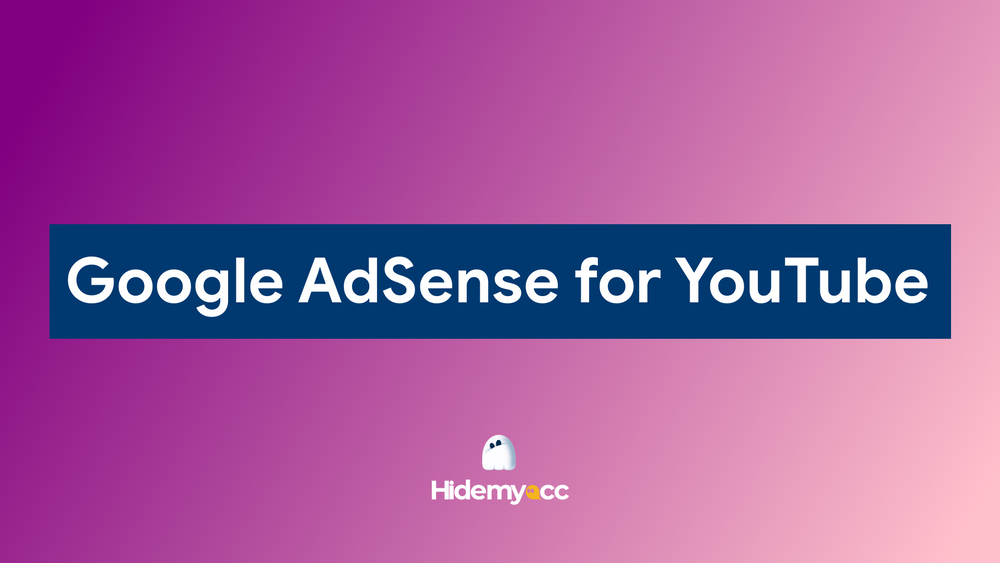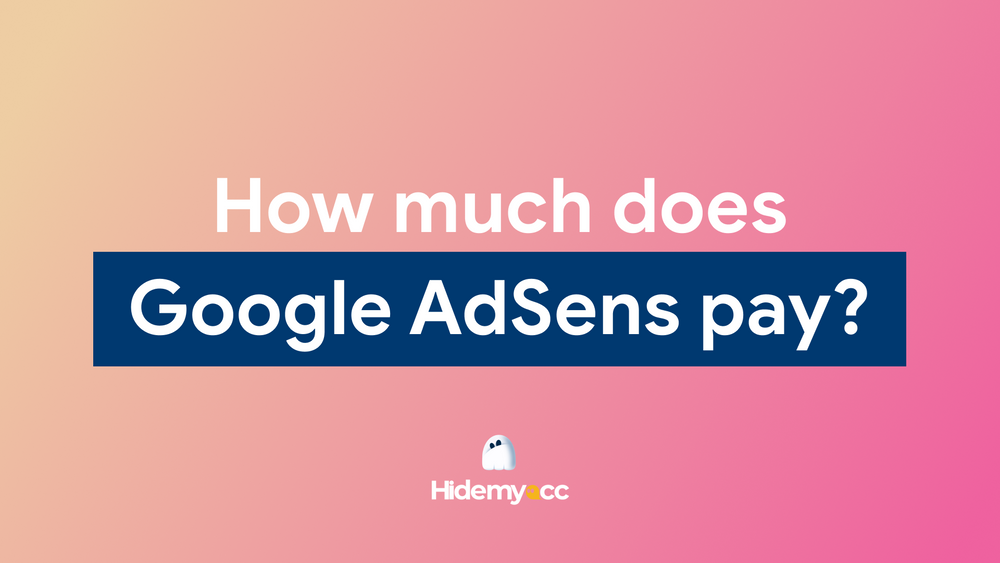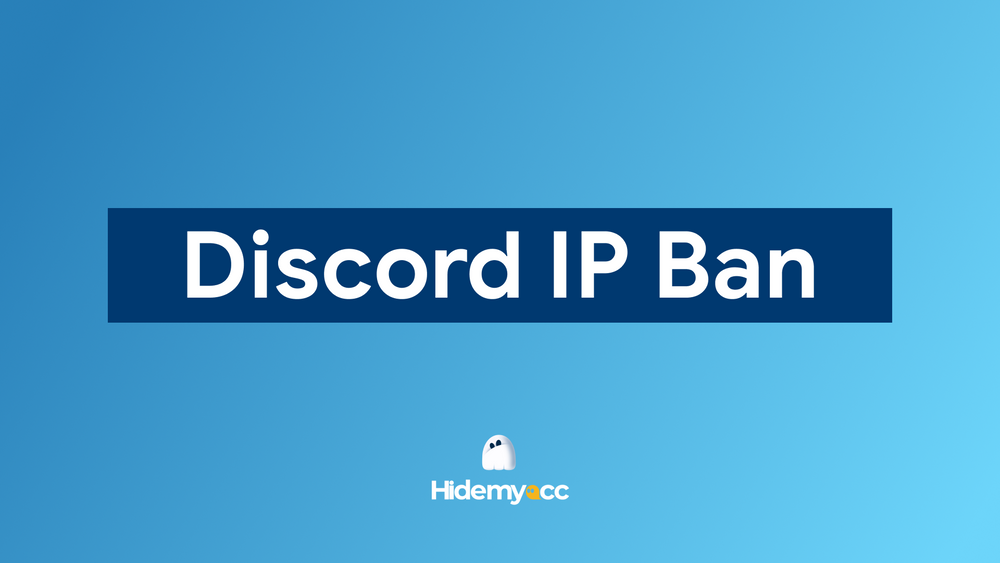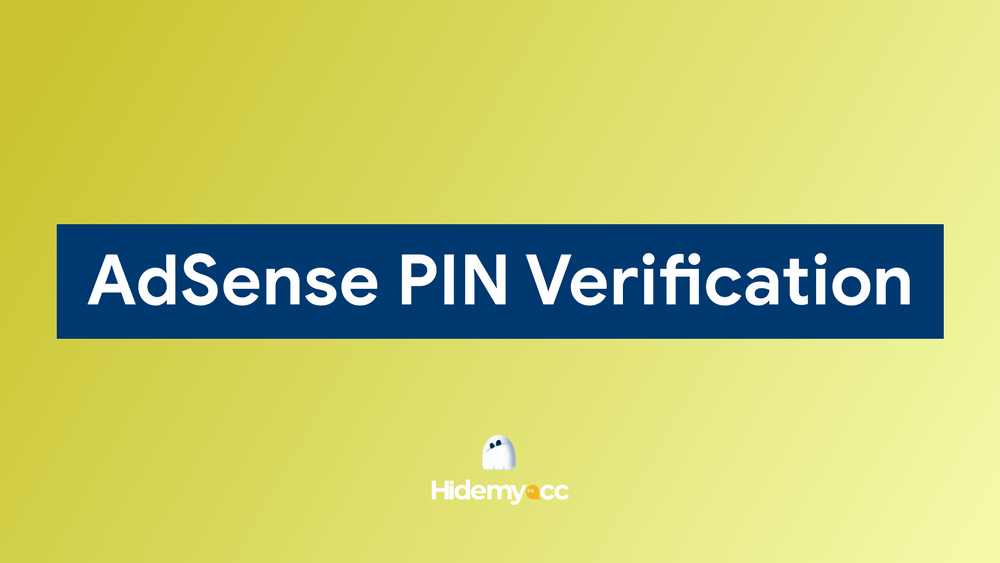How much does Facebook pay for views is a question that matters to anyone considering video content as a source of income. While YouTube is often seen as the gold standard for video monetization, Facebook has quietly built its own system with serious earning potential. From short-form Reels to longer in-stream videos, Facebook offers multiple ways to turn views into actual payouts, but the amount you earn depends on more than just view count. In this guide, Hidemyacc will break down how the system works, what affects your earnings, and how you can increase your income as a creator.
1. How much does Facebook pay for views?
Facebook doesn’t use a flat-rate system to reward creators. Instead, it offers multiple monetization features, each with different rules and payout models. Your earnings depend not just on the number of views but also on how your content is structured, who is watching, and which monetization tools you qualify for. Below is a breakdown of how Facebook pays you through its most popular earning methods.
1.1. How much does Facebook pay per 1,000 views?
The most common metric used to measure video earnings is CPM, or cost per 1,000 views. On Facebook, CPM can range anywhere from $2 to $10, depending on your audience's location, your niche, the time of year, and how advertisers value your content. This means that for every 1,000 monetized views, you might earn between $2 and $10.
However, not every view counts toward this payout. For a view to be monetized, the viewer must meet certain engagement conditions, like watching for at least 30 seconds on eligible content. Videos also need to meet Facebook’s monetization criteria to even qualify for ads in the first place.
1.2. How much can you earn with in-stream ads?
In-stream ads appear before, during, or after longer videos and are a major source of revenue for creators on Facebook. To use in-stream ads, your video must be at least one minute long, though Facebook recommends three minutes or longer for best results.
Creators receive 55% of the ad revenue, while Facebook keeps 45%. That share is calculated based on how many ads are successfully viewed and how much advertisers are paying at the time. In many cases, in-stream ads are the most consistent and scalable way to earn from regular long-form content.
1.3. How much does Facebook pay for Reels?
Reels operate under a different system. Facebook sometimes invites creators into the Reels Play Bonus Program, which pays eligible users based on how their short videos perform. While Facebook hasn't published fixed rates, many creators report earnings between $0.01 and $0.02 per view, with some making up to $35,000 per month if they hit performance milestones.
Outside of the bonus system, Reels can also include overlay ads, where static ads are placed over the video. This adds another stream of revenue, but like with in-stream ads, the actual earnings depend on how well your content performs and whether it meets monetization guidelines.
>>> How to monetize Facebook page? Full guide on how to make money on Facebook
2. What do “views” actually mean on Facebook?
Not all views on Facebook are the same, especially when you're trying to make money. A basic view is counted when someone watches at least 3 seconds of your video, even if it’s on mute through autoplay. These views boost your total count but do not guarantee any earnings.
To get paid, your content must generate monetized views. This usually means your video is over one minute long and the viewer watches at least 30 seconds or reaches the in-stream ad point. Only then can Facebook place ads that earn you revenue.
Reels are different. A view is counted more quickly, often after just one second. However, you’ll only earn from Reels if you're part of a bonus program or if overlay ads are active on your content.
The key takeaway is this: focus on quality views that meet Facebook’s monetization rules. A video with 5,000 engaged views can earn more than one with 50,000 people who scroll past in the first two seconds.
>>> Simple ways on how to get more views on Facebook for your business
3. What affects how much Facebook pays you?
Even when your videos are monetized, the amount Facebook pays you can vary a lot. Several key factors influence how much you actually earn from your views.
3.1. Audience location
Your audience’s country plays a big role in your earnings. Advertisers are willing to pay more to reach users in places like the United States, the United Kingdom, and Australia. Views from these regions often generate higher CPMs. In contrast, views from countries with lower purchasing power may result in much smaller payouts, even if the content is exactly the same.
3.2. Content quality and topic
Not all videos are treated equally. Facebook tends to prioritize content that aligns with what advertisers want to support. High-quality videos in niches like tech, lifestyle, education, or finance usually perform better in terms of earnings. If your content appears too random or low-effort, it may still get views, but those views are less likely to generate meaningful income.
3.3. Engagement and watch time
Facebook rewards content that keeps viewers interested. The more people like, comment, share, or watch your videos until the end, the more likely the platform is to promote your content and place better ads on it. If viewers consistently drop off after just a few seconds, your chances of earning decrease.
3.4. Timing and seasonal demand
The time of year also affects how much you earn. Advertisers often increase their budgets during high-demand periods like holidays, back-to-school season, or major public events. During these times, your CPM rates may climb even if your view count stays the same. Publishing videos around these peak periods can lead to better payouts.
4. How to qualify for monetization on Facebook
Before you can start earning from your video content, your page must meet Facebook’s eligibility requirements. These criteria help the platform ensure that only active, original, and trustworthy pages are allowed to show ads and access monetization tools.
4.1. Page and follower requirements
To qualify for in-stream ads, your Facebook Page needs to have at least 10,000 followers. This shows that you’ve built a real audience and are consistently creating content that people care about. For Reels bonuses, follower requirements may vary and sometimes depend on invitation-only programs, but having a strong follower base still helps your chances.
4.2. Watch time and engagement benchmarks
In addition to followers, your page needs to reach a certain level of video watch time. Specifically, Facebook requires at least 600,000 total minutes watched over the past 60 days across all video uploads. This includes live videos, regular uploads, and previously posted content. Reels are sometimes excluded from this calculation, depending on the monetization program.
You’ll also need to have at least five active video uploads on your Page. This shows that your content is consistent and not just a one-time effort.
4.3. Content and policy compliance
Even if you meet the numbers, your page must still follow Facebook’s Monetization Policies. This includes avoiding content that is misleading, reused without permission, too graphic, or goes against community guidelines. Facebook regularly reviews content to ensure it meets these standards, and violating them can lead to demonetization or losing access to monetization tools altogether.
5. Proven tips to increase your Facebook video income
Once your page is eligible for monetization, the next step is to make your content perform well enough to turn views into actual income. Earnings on Facebook are influenced by many factors, and posting often is not enough. The following tips can help you build stronger engagement and improve your payout potential.
5.1. Hook viewers in the first three seconds
The opening moments of your video are crucial. If people scroll past without watching for long, those views will not count toward monetization. Use bold visuals, movement, or a compelling line right at the start to make viewers stop and pay attention. Keeping them engaged beyond the first few seconds is key to triggering ads and earning revenue.
5.2. Use captions and attractive thumbnails
Many users browse Facebook with the sound off. Adding captions makes your videos more accessible and easier to follow. A strong custom thumbnail also helps your content stand out in the feed and encourages clicks. These small improvements can lead to more watch time and higher engagement rates.
5.3. Publish consistently and choose smart timing
Consistency helps build audience trust and signals to the algorithm that your page is active. Try to post on a regular schedule and track when your followers are most active. For some pages, midday works best. For others, evenings are more effective. Use your own data to adjust posting times for better results.
5.4. Use Creator Studio to improve your content
Creator Studio provides valuable insights about how your videos are performing. You can track watch time, drop-off points, audience demographics, and engagement trends. Reviewing these stats allows you to identify what content works best and what needs improvement. Over time, small adjustments based on data can significantly boost your earnings.
6. What other ways can you earn money on Facebook?
While in-stream ads and Reels bonuses are the most common ways to earn from video views, Facebook also offers several additional tools that allow creators to generate income. Below are the most practical alternatives to help you diversify your earnings.
6.1. Do Stars generate real income for creators?
Yes, Stars are a direct way for your followers to support you. Viewers can purchase Stars and send them while watching your videos or livestreams. Each Star is worth one cent, and creators keep most of the revenue after platform fees are applied. Although it may not seem like much at first, Stars can add up quickly if you have an active community that values your content.
To receive Stars, your page must be eligible for monetization, and you need to enable the feature in your professional dashboard. Once active, viewers will see the option to send Stars during your eligible content.
6.2. Are fan subscriptions and branded content worth it?
Fan subscriptions let your followers pay a monthly fee in exchange for exclusive content, behind-the-scenes posts, or other perks. On desktop, Facebook allows you to keep 100 percent of this revenue. On mobile, a portion is taken by app stores. If your page has a core group of highly engaged fans, subscriptions can become a steady source of recurring income.
Branded content is another strong option. It allows you to collaborate with companies and promote products or services directly in your videos. Facebook has a built-in tool that lets you tag brand partners, which keeps everything transparent and compliant with platform rules. Sponsored videos often pay more than ad revenue alone, especially if you have a niche audience.
6.3. Can you combine multiple monetization tools?
Absolutely. In fact, most successful creators use several monetization methods at once. For example, a video can include in-stream ads, receive Stars from fans, and be part of a brand partnership all at the same time. Combining different income streams helps you stay more consistent financially, even if one area temporarily underperforms.
Diversifying your monetization setup also gives you more flexibility as your audience grows. As long as you follow Facebook's content policies and maintain an engaged community, these tools can work together to support your creator business.
7. How to manage multiple Facebook accounts safely with Hidemyacc
As your Facebook content strategy grows, you might find yourself managing several pages across different topics, regions, or audiences. This is common among creators who want to test what works best or build income streams from multiple niches. However, using multiple accounts on the same device can quickly trigger Facebook’s security systems, especially if all activity looks too similar in terms of browser data, device setup, or IP address.
Hidemyacc offers a practical solution by creating separate browser environments, each with a unique fingerprint and proxy. This lets you manage multiple Facebook accounts from one device without exposing them to unnecessary risk. Each profile appears completely independent, as if it came from a different location and machine. For creators scaling their presence or working with teams, this setup adds both safety and flexibility to your monetization workflow.
8. Conclusion
How much does Facebook pay for views depends on more than just the number shown on your video counter. While payouts can range from a few dollars to thousands, your actual income is shaped by the type of content you create, where your viewers are located, how engaged they are, and which monetization features your page qualifies for. Understanding these factors is key to turning video views into a steady income stream.
Facebook may not be a quick way to make money, but with the right strategy, it can become a valuable part of your creator business. Focus on content that keeps people watching, post consistently, and use smart tools like Hidemyacc to manage your accounts safely. Good luck on your journey and enjoy the process of creating.
>>> Same topic on Facebook:
- Hidemyacc Facebook Automation Tool
- Protect Multiple Facebook Ad Accounts: Prevent Ban & Restriction
9. FAQ
1. How much does Facebook pay per 1,000 views?
Most creators earn between $2 and $10 per 1,000 monetized views. The exact amount depends on factors like audience location, video type, and advertiser demand. Not all views are monetized, so the payout is based only on eligible impressions.2. How much does 1 million views on Facebook pay?
If your video reaches one million monetized views, you can expect to earn anywhere from $2,000 to $10,000, depending on your CPM. The actual earnings vary based on your niche, viewer engagement, and time of year.3. How much money is 10k views on Facebook?
For 10,000 monetized views, payouts typically range from $20 to $100. If your content has a higher CPM due to location or advertiser interest, it could be on the higher end of that scale.4. How much does Facebook give for 100K views?
With 100,000 views, you might earn between $200 and $1,000, assuming those views are monetized. As with all Facebook payouts, your actual earnings depend heavily on the quality of views and where they come from.5. Does Facebook pay for Reels?
Yes, Facebook pays for Reels through bonuses and overlay ads. The Reels Play Bonus Program offers payouts based on performance, though it is usually invite-only. Overlay ads can also contribute to earnings for eligible creators.6. Can I get paid on Facebook with 5000 followers?
While 10,000 followers is the typical requirement for in-stream ads, some features like Stars or limited-time bonus programs may be available with fewer followers. However, the more followers you have, the more monetization options you can unlock.7. How do I monetize my Facebook?
To monetize your Facebook Page, you need to meet criteria like 10,000 followers and 600,000 minutes of watch time over the past 60 days. Then, visit the Professional Dashboard to check eligibility and enable monetization features.8. How much do 50K views on YouTube pay?
YouTube typically pays between $1 and $5 per 1,000 views, so 50,000 views could bring in $50 to $250. This varies depending on content type, watch time, and audience. Comparing both platforms helps creators choose where to focus their efforts.
